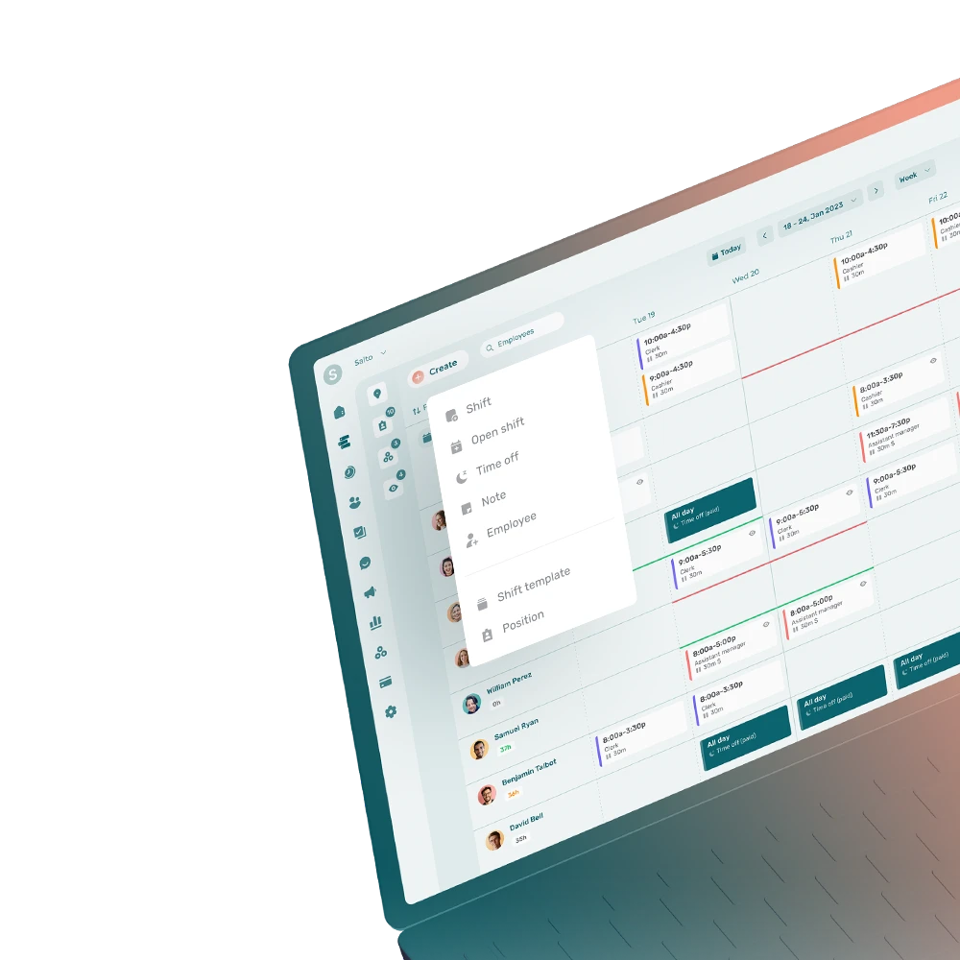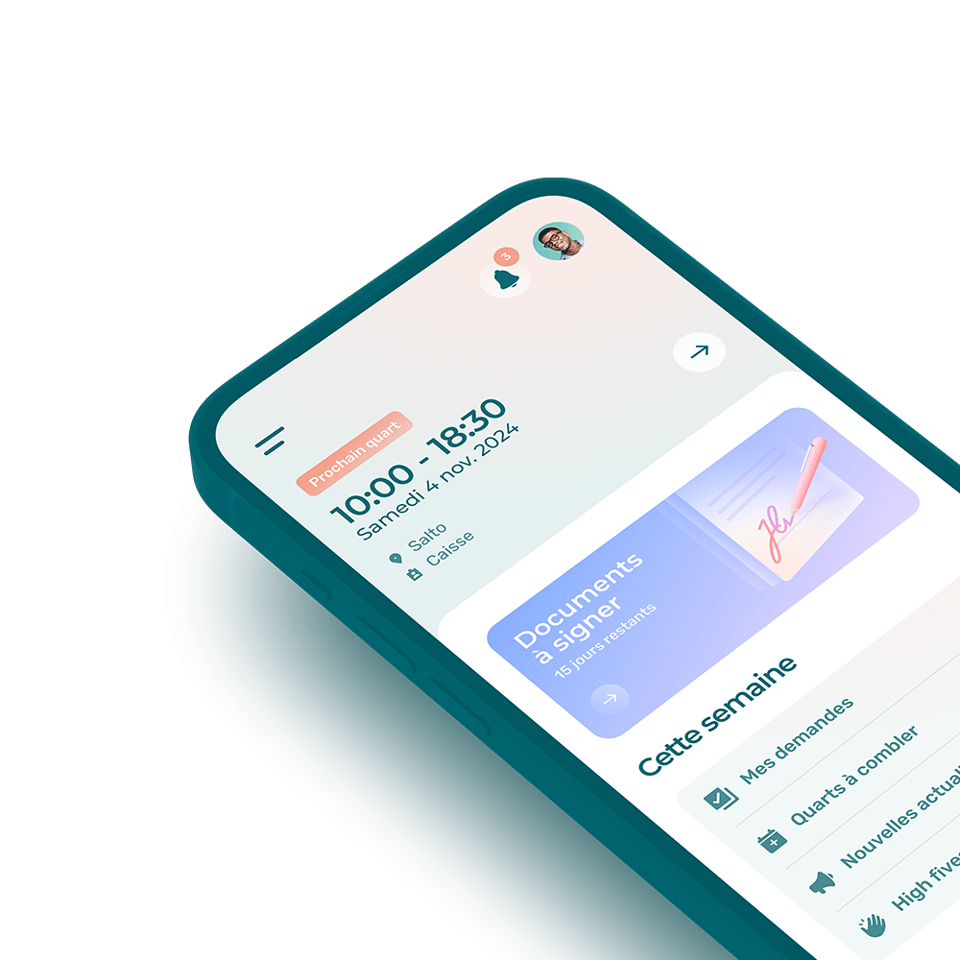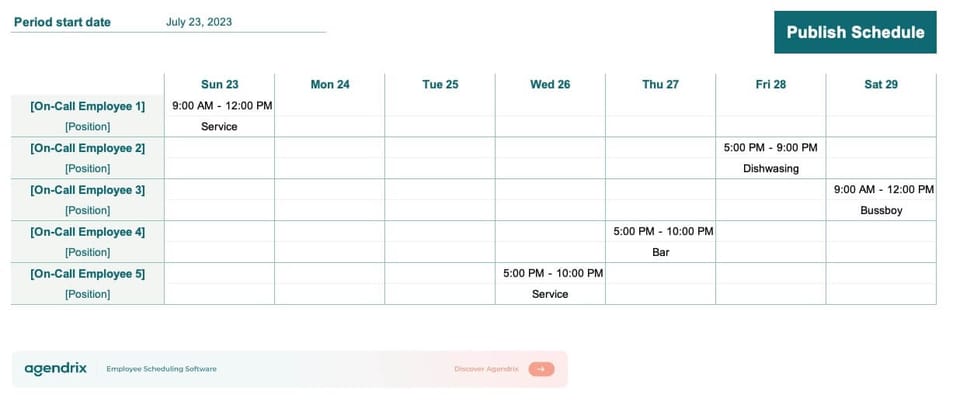
To which address should we send your resource?
What Is On-Call Scheduling?
On-call scheduling refers to the planning of shifts for employees who may or may not be called in to work, depending on a business’ needs.
On-call employees are required to be available and on the job in case of high customer demand, emergency or other requirement.
On-call schedules are frequently used in business sectors where service must be available 24/7.
How to Create an On-Call Schedule?
Creating an on-call work schedule requires a few steps, such as:
- Defining manpower requirements for different shifts
- Evaluating expected customer demand for specific periods (evenings, weekends, holiday season, etc.)
- Collecting employee availability
- Preparing the work schedule
- Communicating the schedule to entire team
- Adjusting the schedule as needed
To simplify and automate the creation of on-call work schedules, many companies use scheduling software.
What Are the Advantages of On-Call Scheduling?
On-call schedules offer a number of advantages, such a:
- Ensuring the right level of customer service
- Allowing employees who so wish to work extra shifts
- Handling heavy customer demand at key times
- Responding to emergencies in a timely manner
- Energizing the work environment
What Are the Disadvantages of On-Call Scheduling?
The disadvantages of on-call schedules include :
- A negative impact on work-life balance
- Possible financial insecurity due to unstable income
- Reduced productivity
- Increased levels of stress and burnout
What Are the Best Practices for On-Call Scheduling?
Best practices for on-call scheduling include:
- Considering the number of employees needed
- Planning for back-up staff if an on-call employee is unavailable
- Considering employee skills when scheduling
- Respecting availability, preferences and time-off requests
- Implementing tools to foster work-life balance
- Communicating regularly with team members
- Planning on-call schedules in advance
Which Industries Use On-Call Schedules?
Several industries use on-call schedules:
- Health care
- Retirement homes
- Restaurants
- Hospitality
- Event management
- Security and safety
- Information technology
- Call centers
- Retail
- Emergency services (fire, police, ambulance)





